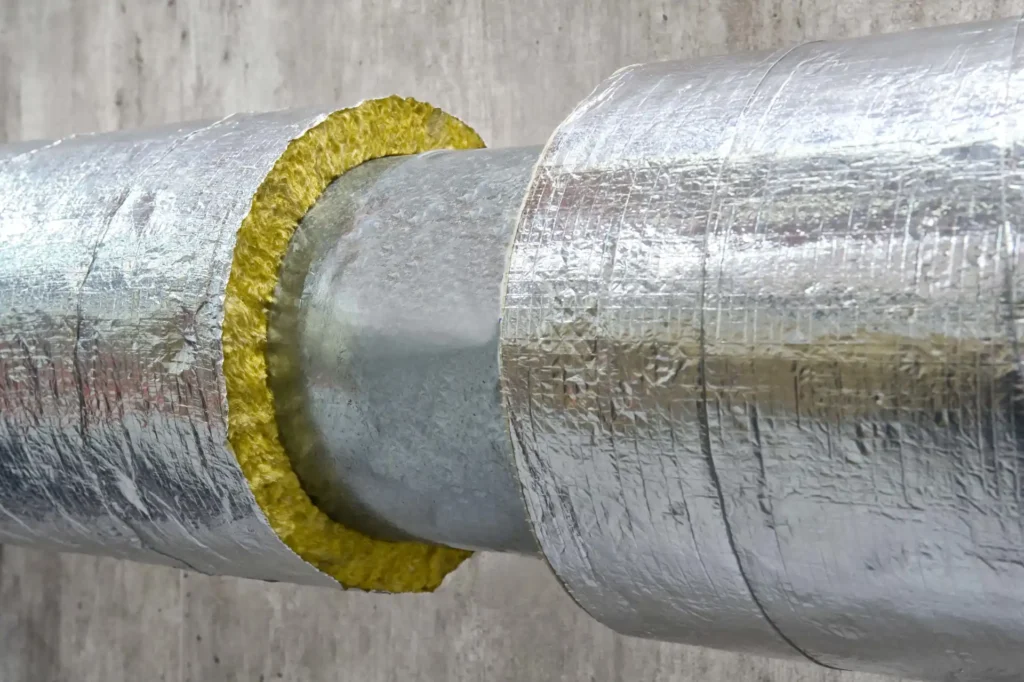Messi Biology explains that when you walk into the wall cavities of modern buildings or touch the sound-insulating interiors of new energy vehicles, you are likely interacting with phenolic resin foam. This material, which combines thermal insulation, flame retardancy, and shock absorption, has become an essential product in fields such as construction, transportation, and electronics. The key to its outstanding performance lies in a seemingly ordinary inorganic filler: magnesium carbonate. It acts as an “invisible engineer,” quietly rewriting the material’s performance DNA during the foam production process.

The Four “Core Skills” of Magnesium Carbonate
The quality of phenolic resin foam depends on three core indicators: foam structure, mechanical strength, and fire resistance. Magnesium carbonate precisely addresses these three needs:
- Foaming Regulator: During the high-temperature foaming stage, magnesium carbonate decomposes and releases carbon dioxide gas, providing the “driving force” for foam formation. At the same time, its particles guide the uniform distribution of bubbles, preventing the formation of large pores that would affect thermal insulation. A building materials company’s tests showed that adding magnesium carbonate increased the uniformity of the foam cells by 40% and reduced the thermal conductivity by 15%.
- Flame Retardant Shield: When exposed to high temperatures or fire, the magnesium oxide formed from the decomposition of magnesium carbonate creates a dense protective layer. Simultaneously, the released carbon dioxide gas displaces oxygen. This dual action extends the fire resistance limit of the foam from 30 minutes to over 2 hours.
- Structural Reinforcer: Micron-sized magnesium carbonate particles embed themselves into the three-dimensional network structure of the resin, acting like rebar to enhance overall rigidity. This increases the compressive strength of the foam by 30%, solving the common problem of traditional products being “brittle and prone to cracking.”
- Environmental Optimizer: As a natural inorganic material, magnesium carbonate replaces traditional organic additives, reducing the release of volatile hazardous substances by more than 90%. This perfectly aligns with the environmental requirements of green buildings.
Messi Biology: Making Magnesium Carbonate Better Suited for Foam Needs
Not all magnesium carbonate is suitable for this role. Through process innovation, Hebei Messi Biology Co., Ltd. has precisely matched its products to the production needs of phenolic resin foam. Its advantages are reflected in three key dimensions:
- Dual Benchmark of Purity and Safety: Using a multi-stage purification process, the product purity is consistently maintained at over 99%, with heavy metals, arsenic salts, and other impurity levels far below international standards. This high purity ensures that the foam does not release harmful gases at high temperatures. After using this product, a fireproof materials company successfully obtained EU CE certification for their products.
- “Customized Design” of Particle Morphology: The company focuses on 20-100 mesh microspherical particles. Compared to traditional powders, this improves flowability by 50%, allowing for uniform dispersion in the resin system and preventing uneven local foaming. Additionally, its low oil absorption characteristic can reduce the required addition amount by 30%, significantly lowering production costs.
- Full-Chain Service Capability: Relying on an automated production line with an annual capacity of 100,000 tons, the company can achieve nationwide delivery within 72 hours, addressing the industry pain point of unstable raw material supply. Furthermore, the particle size can be adjusted according to customer needs (adjustable from 0.5-10μm) to suit different foaming processes. An automotive interior company reported that the customized product increased their foam molding qualification rate from 85% to 98%.
Driven by the “dual carbon” goals, phenolic resin foam is upgrading towards being “lighter, more fire-resistant, and more environmentally friendly,” and the quality of magnesium carbonate will directly determine this progress. Through its ultimate pursuit of purity, morphology, and supply stability, Hebei Messi Biology Co., Ltd. not only provides downstream enterprises with reliable raw materials but also promotes the quality upgrade of the entire foam industry. The next time you touch an insulated wall or a quiet and comfortable car interior, you may be able to feel the technological power derived from this “magnesium element.”
